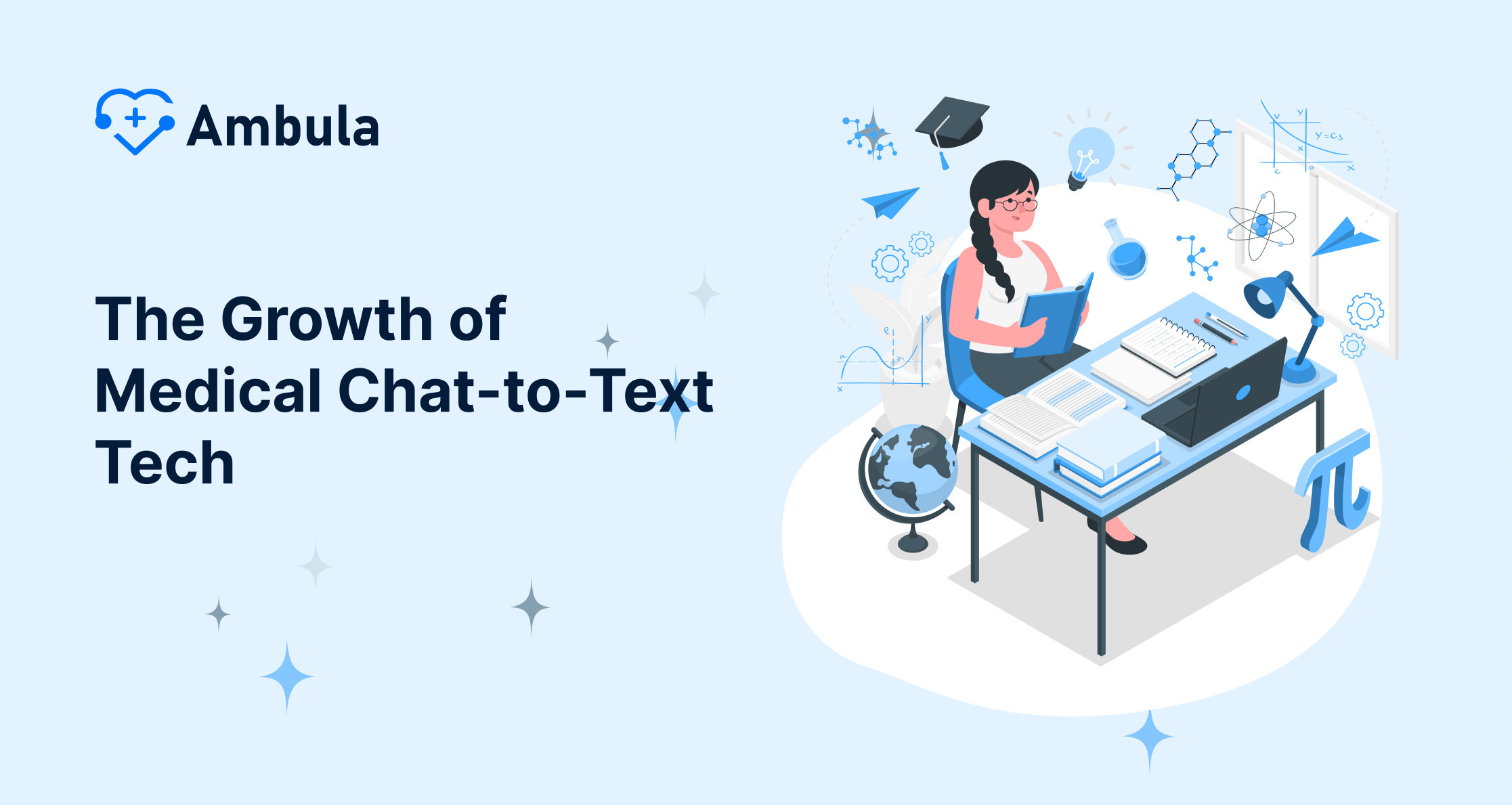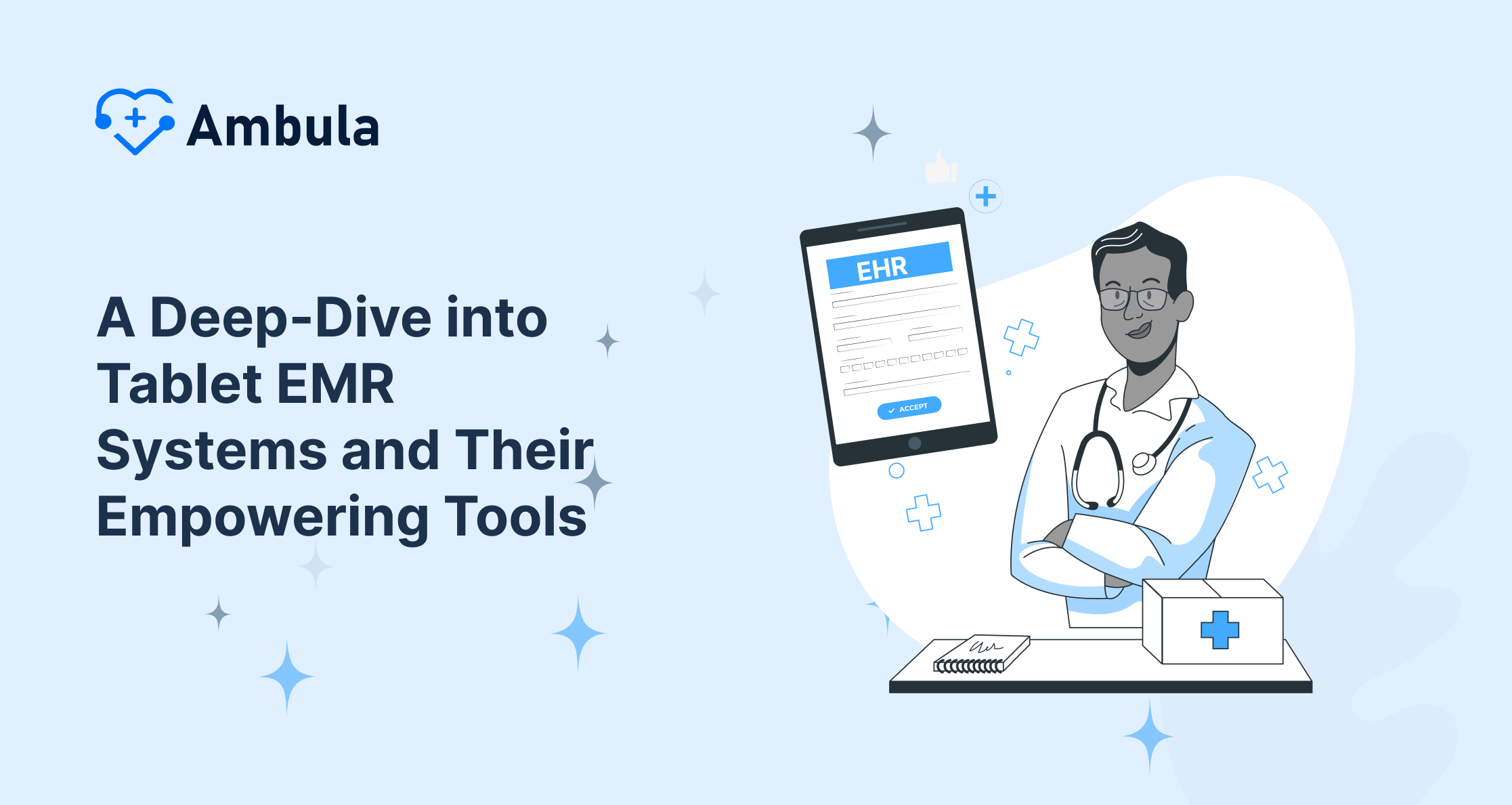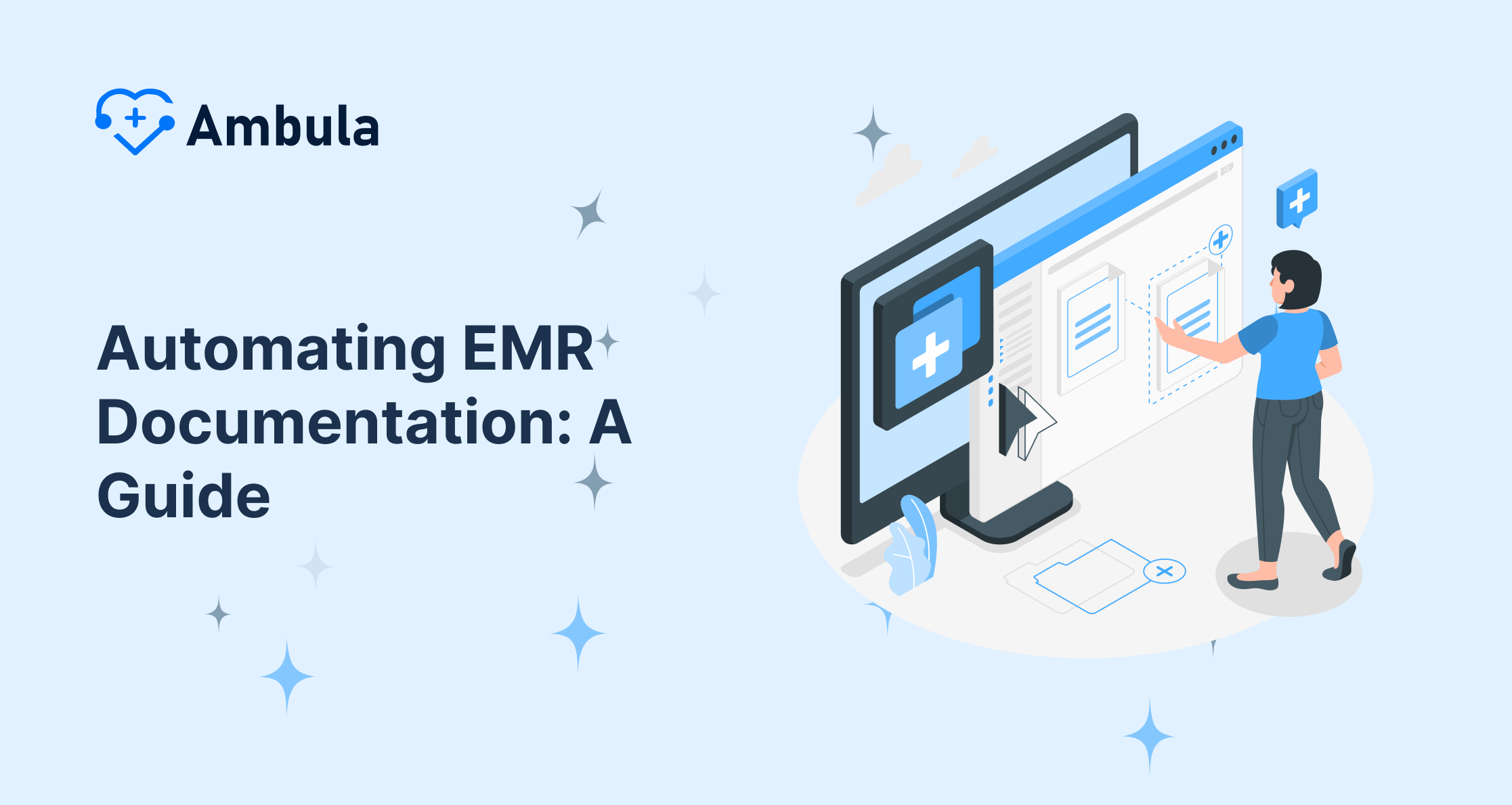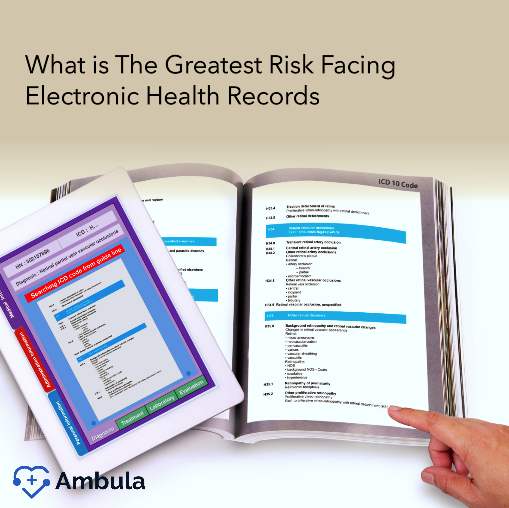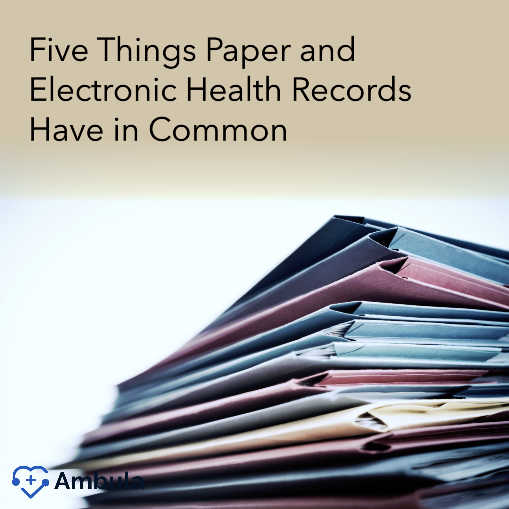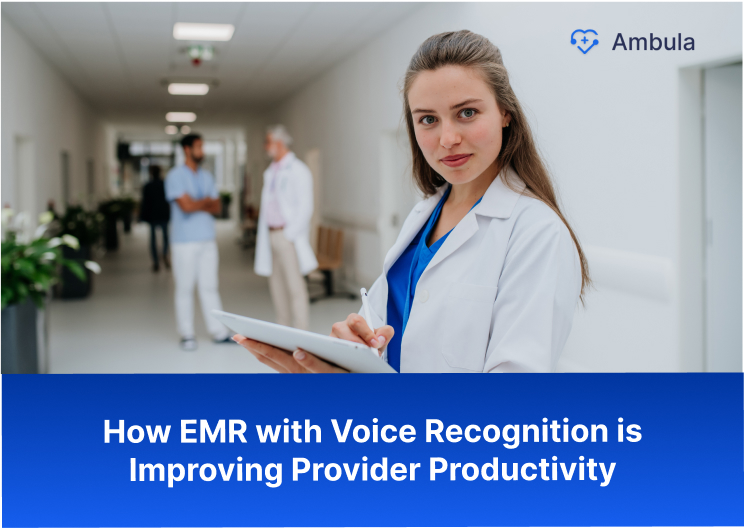
Voice recognition in healthcare has transformed how medical professionals interact with electronic health record systems. This technology allows healthcare providers to document patient encounters, create notes, and navigate electronic medical records (EMR) systems using spoken commands rather than typing or clicking. The adoption of voice recognition in healthcare has grown significantly over the past decade, with modern systems achieving remarkable accuracy even with complex medical terminology. Ashealthcare facilities face increasing documentation demands, voice recognition technology in healthcare offers a solution that enhances provider productivity while improving patient care.
Voice Recognition Healthcare Technology
The journey of voice recognition healthcare technology began decades ago with rudimentary systems that could recognize only limited commands. Early voice recognition systems like “Audrey,” developed in the 1950s, could only recognize digits spoken by a single voice. IBM’s “Shoebox” followed in the 1960s, recognizing 16 words and numbers. However, these early systems were far from the sophisticated voice recognition software in healthcare we see today.
The real breakthrough came with the application of artificial intelligence and machine learning to speech recognition in healthcare. Modern systems can now understand context, learn from corrections, and adapt to individual speaking patterns. According to recent market analysis, the global medical speech recognition software market is projected to grow from USD 1.73 billion in 2024 to USD 5.58 billion by 2035, with a compound annual growth rate (CAGR) of 11.21%.
This growth is driven by several factors:
- Increasing documentation requirements in healthcare
- Growing focus on physician burnout reduction
- Advancements in AI and natural language processing
- Integration capabilities with existing EMR systems
- Improved accuracy rates for medical terminology
Today, healthcare voice recognition software has evolved from simple dictation tools to sophisticated systems that understand medical context, terminology, and can even assist with clinical decision-making.
Key Features of Voice Recognition Software in Healthcare
Modern voice recognition software in healthcare offers a range of capabilities that extend far beyond basic dictation. These systems have become increasingly sophisticated, with features designed specifically for medical environments:
Real-Time Transcription
Voice recognition technology in healthcare provides immediate conversion of spoken words into text, eliminating the delay associated with traditional transcription services. This real-time capability allows providers to review and edit documentation during or immediately after patient encounters.
Superior Accuracy
Modern medical voice recognition systems achieve over 90% accuracy with complex medical terminology. This high level of accuracy is possible through specialized medical vocabularies containing hundreds of thousands of medical terms, phrases, and abbreviations.
Customization and Personalization
These systems can be trained to recognize individual speech patterns, accents, and preferences. The more a provider uses the system, the more it adapts to their unique speaking style, continuously improving accuracy over time.
Continuous Learning
Through machine learning algorithms, voice recognition for healthcare continuously improves its performance based on corrections and usage patterns across its user base.
Integration with EMR Systems
The true power of voice recognition in healthcare emerges when it’s seamlessly integrated with electronic medical record systems. This integration creates a comprehensive solution that addresses multiple aspects of clinical documentation and workflow.
EHR Speech Recognition Benefits
EHR speech recognition integration streamlines the clinical documentation workflow by allowing providers to navigate the EMR system, input data, and create notes using voice commands. This integration offers several key advantages:
- Seamless Workflow: Providers can move between different sections of the EMR without using a keyboard or mouse
- Automated Coding Assistance: Some systems can suggest appropriate medical codes based on dictated notes
- Template Management: Voice commands can trigger the insertion of customized templates for common scenarios
- Clinical Decision Support: Integration with clinical decision support tools provides real-time guidance during documentation
- Enhanced Data Entry: Structured data fields can be populated through voice commands
Healthcare facilities implementing EHR speech recognition see an average 15-20% increase in patient volume due to improved documentation efficiency. The technology allows providers to complete notes more quickly and accurately, reducing the administrative burden that often extends the workday.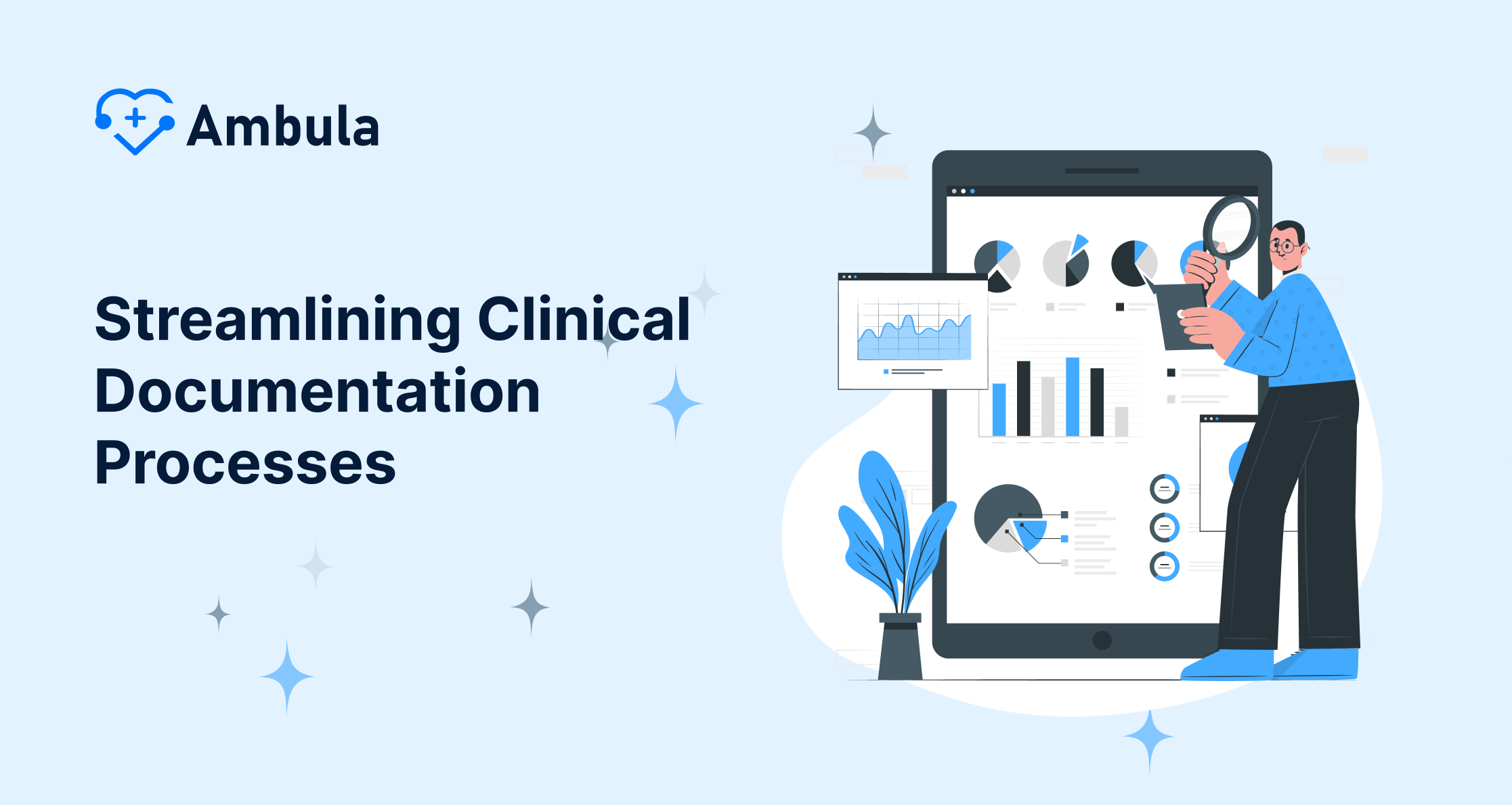
How Medical Voice Recognition Streamlines Documentation
One of the most significant challenges facing healthcare providers is the growing administrative burden of clinical documentation. Medical voice recognition addresses this challenge by fundamentally changing how documentation is created and managed.
Reducing Administrative Burden
Studies show that voice recognition in healthcare can reduce documentation time by up to 50%. Healthcare professionals currently spend approximately 15.5 hours per week on paperwork, but voice recognition technology significantly reduces this burden. Physicians using medical voice recognition report a 61% reduction in documentation-related stress and a 54% improvement in work-life balance.
Improving Documentation Accuracy
Voice recognition technology in healthcare not only speeds up documentation but also improves its quality. By allowing providers to document in real-time during patient encounters, the system captures more detailed and accurate information. This leads to more comprehensive medical records and reduces the risk of errors that can occur when documentation is delayed.
Real-Time Documentation
The ability to document in real-time during patient encounters represents a significant advantage over traditional documentation methods. Providers can maintain eye contact with patients while dictating notes, creating a more engaging and personal interaction. This simultaneous documentation and patient interaction improves both efficiency and the patient experience.
Clinical Speech Recognition and Its Impact on Patient Care
Beyond administrative efficiency, clinical speech recognition technology directly impacts the quality of patient care through several mechanisms:
Understanding the Benefits of Voice Recognition Software in Healthcare for Patient Interaction
Voice EMR solutions allow physicians to maintain eye contact with patients during consultations, fostering better rapport and communication. Rather than focusing on a computer screen, providers can engage more directly with patients while still capturing necessary information. This improved interaction leads to better patient satisfaction, with studies showing a 22% increase in patient satisfaction scores related to physician attentiveness.
Enhanced Clinical Decision-Making
With documentation completed more efficiently, providers have more time to focus on clinical reasoning and patient care. Additionally, some advanced voice recognition systems can analyze dictated notes in real-time to suggest relevant clinical information, potential diagnoses, or treatment options based on the patient’s symptoms and history.
Improved Care Coordination
Faster documentation means that patient information is available to other care team members more quickly. This improved information flow enhances care coordination and allows for more timely interventions when needed. Voice technology in healthcare extends beyond documentation to include clinical decision support and care coordination tools.
Implementing Voice Recognition for Healthcare Facilities
While the benefits of voice recognition technology in healthcare are clear, successful implementation requires careful planning and consideration of several factors:
Technical Requirements
Implementing a voice EMR system requires consideration of workflow integration and training needs. Key technical requirements include:
- Hardware Considerations: Quality microphones and adequate processing power
- Network Infrastructure: Sufficient bandwidth for cloud-based solutions
- Integration Capabilities: Compatibility with existing EMR systems
- Security Features: HIPAA-compliant data transmission and storage
- Support Systems: Technical support and troubleshooting resources
Training and Adoption
The success of voice recognition implementation depends heavily on proper training and user adoption. Healthcare organizations should develop comprehensive training programs that include:
- Initial voice profile creation
- Basic command training
- Specialty-specific vocabulary customization
- Error correction techniques
- Advanced feature utilization
Organizations that invest in thorough training programs report higher satisfaction rates and faster realization of productivity benefits.
Overcoming Implementation Challenges
Common challenges in implementing voice recognition for healthcare include:
- Initial Accuracy Issues: New users may experience lower accuracy until the system adapts to their speech patterns
- Workflow Disruption: Temporary productivity decreases during the learning phase
- Resistance to Change: Staff may be reluctant to adopt new technology
- Background Noise: Clinical environments can be noisy, affecting recognition accuracy
- Dialect and Accent Variations: Systems may need additional training for diverse speech patterns
Successful implementations address these challenges through phased rollouts, dedicated support resources, and continuous improvement processes.
Future Trends in Voice Technology in Healthcare
The future of voice technology in healthcare includes several exciting developments that will further enhance its capabilities and impact:
Ambient Clinical Intelligence
Next-generation systems will move beyond active dictation to passive listening and documentation. These ambient clinical intelligence systems can listen to the natural conversation between provider and patient, automatically generating clinical notes without requiring specific commands or dictation.
Advanced AI Integration
Future voice recognition systems will incorporate more sophisticated AI capabilities, including:
- Emotional nuance detection to identify patient concerns
- Predictive analytics for clinical decision support
- Automated quality improvement suggestions
- Integration with wearable health devices and remote monitoring
Multimodal Interfaces
Voice technology will increasingly be combined with other input methods, such as gesture recognition, eye tracking, and touch interfaces, creating more natural and flexible ways to interact with clinical systems.
Voice Biometrics for Security
Voice recognition will play a growing role in healthcare security, with voice biometrics providing secure authentication for accessing sensitive patient information and clinical systems.
Training Speech Recognition for Medical Field Applications
As voice recognition technology continues to evolve, training these systems for the unique requirements of the medical field remains crucial:
Specialty-Specific Vocabularies
Different medical specialties use distinct terminologies and phrases. Advanced systems now offer specialty-specific training modules for areas such as cardiology, orthopedics, radiology, and many others. These specialized vocabularies significantly improve accuracy for practitioners in these fields.
Continuous Improvement Mechanisms
The most effective speech recognition for medical field applications incorporates feedback loops that allow for continuous improvement. When corrections are made to transcribed text, the system learns from these adjustments, reducing the likelihood of similar errors in the future.
Contextual Understanding
Training modern systems involves not just recognizing words but understanding their context within medical practice. This contextual awareness allows the system to distinguish between similar-sounding terms based on the clinical scenario being described.
Selecting the Right Voice EMR Solution for Your Practice
With numerous options available, selecting the appropriate voice recognition solution requires careful consideration of several factors:
Practice Size and Specialty
Different solutions are designed for various practice sizes and specialties. Some systems excel in large hospital environments, while others are optimized for small specialty practices.
Integration Requirements
Compatibility with existing EMR systems is crucial. The ideal solution should integrate seamlessly with your current electronic medical records software with handwriting recognition capabilities if needed.
Cost and ROI Considerations
Voice recognition solutions vary significantly in cost. Consider not just the initial investment but the potential return through improved productivity and reduced transcription costs. Many practices achieve ROI within 3-6 months through time savings and increased patient volume.
Support and Training Resources
Evaluate the quality and availability of training and support resources. Comprehensive training programs and responsive technical support significantly impact successful implementation.
Final Insights
Voice recognition in healthcare has evolved from a promising technology to an essential tool for modern healthcare delivery. By reducing documentation burden, improving accuracy, and enhancing patient interactions, voice recognition technology in healthcare is transforming how providers interact with EMR systems. The benefits extend beyond provider productivity to include improved patient care, reduced burnout, and enhanced work-life balance for healthcare professionals.
As the technology continues to advance, we can expect even more sophisticated capabilities that further streamline clinical workflows and improve healthcare delivery. Healthcare organizations that embrace these technologies position themselves for improved efficiency, provider satisfaction, and ultimately, better patient outcomes.

